|
Learn about how air conditioning works - from who invented it (Willis Carrier) to basic principles and how air conditioning works. Summer heat can be brutal, and during the hot days of the season, air conditioning is a saving grace. We can thank an electrical engineer named Willis Haviland Carrier for this relief. He invented air conditioning in 1902 to remove humidity from the air at the Sackett-Wilhelms Lithographing and Publishing Company in Brooklyn. Carrier’s first air conditioning system worked by moving air over chilled pipes. Cold air has less humidity, so as part of this process, moisture was removed from the air in the office building. As the humidity decreased, so did the temperature. For many, air conditioning is a modern convenience we take for granted. How does an air conditioner work and how does it keep you comfortable when the temperatures rise? Read on to learn. Basic principles – refrigerantsAt the most basic level, air conditioners operate on the principle that liquids absorb heat as they convert to gases. Residential air conditioners use two common refrigerants to achieve this process on demand: R-22 and R-410A, both hydrochlorofluorocarbons. R-22, also known as Freon, was the most common air conditioning refrigerant for decades. However, the Environmental Protection Agency (EPA) has identified it as a substance that depletes the ozone layer and has enacted a plan to completely phase out its use by 2020. It is being replaced by R-410A, a more environmentally friendly alternative. Regardless of which refrigerant your unit currently uses, they both serve the same basic purpose: to absorb heat from the air within your home and convert from a liquid to a vapor, cooling the air. Of course, that’s not the end of the story. Besides refrigerants, your AC unit has four key parts that each play an important role in maintaining a comfortable temperature inside your house. EvaporatorThis is where the refrigerant evaporates into a gas. Fans blow air from your home across evaporator coils containing the refrigerant. As this happens, the refrigerant absorbs the heat and makes the air from your home cooler. This process also removes moisture and humidity from the air. In a central AC unit, the evaporator is found inside your house. CompressorAfter the refrigerant has vaporized, it moves to the compressor. In central AC units, this is located outside of your home. The refrigerant needs to be returned to a liquid state for your unit to keep functioning properly. The first step in this process happens inside the compressor, where the pressure and temperature of the refrigerant gas are increased. CondenserFollowing the compressor, the hot, pressurized gas moves on to the condenser for the third step in the process. From here, the refrigerant is cooled and becomes a liquid again and is returned to the home. This process produces additional heat, which the AC unit filters outside through condenser coils and a fan. Expansion DeviceThe expansion device plays a basic, but important, role. It controls the flow of refrigerant into the evaporator. While there are some variations depending on the type of unit in question, but all air conditioners have the same basic parts and operate on the same basic system. Regular maintenance mattersWhile the principles on which an air conditioner operates are relatively simple, an AC unit is still a piece of machinery that requires routine care and maintenance to avoid malfunctions. There are basic checks you can perform yourself, such as replacing your unit’s filter and making sure that your outdoor unit is sitting level, is free of debris, has at least two feet of space around it and has proper insulation around the refrigerant lines.
Still, there are times when it pays to have the professionals take a look at things. Of course, if you turn on your unit and hear a strange noise or you notice that your rooms are not cooling properly, it’s definitely time to call in an expert. You can elect to have air conditioning professionals check your unit annually, typically once in the spring and once in the fall, to ensure proper function and refrigerant levels. Despite your best efforts to avoid it, there may be a time when your air conditioning acts up. Of course, this always seems to happen when temperatures soar. A home warranty can help provide protection for unexpected issues and covered components of your air conditioner. Be sure you're prepared for the worst of the summer heat.
8 Comments
When the mercury creeps higher it's natural to want to ratchet up the air conditioner. But that's not always the most economic or eco-sensitive solution. Believe it or not, making a few simple changes can pay off with a cool house and a lower bill.1. Thermostat 101
Related: Maintenance to keep your AC running strong2. Cooling Trends
3. Long-term Solutions
Did you know that Time Magazine lists Modesto as the 6th most polluted area in America? Not the state, America? And Merced and Bakersfield tie for #1? Fresno and Madera tie for #3? Basically, living in the Central Valley we are surrounded by unhealthy air causing more then just breathing problems but other issues including cardiovascular disease and obesity to name a few. 9 of the top ten, (including ties), are located in California, (see Time's Report) While we continue our efforts for cleaner air, it is good to know that there are some products that we can install that can help our indoor quality of air be at its best. We are glad to be able to offer The iWave, the world’s first self-cleaning, ionization generator designed specifically for treating air in residential duct A/C systems.As the air flows past the iWave-R, positive and negative ions actively purify the supply air, killing mold, bacteria and viruses in the coil and living space. The ionization process also reduces allergens, smoke and static electricity, as well as controlling odors from cooking, pets, and helps prevent volatile organic compounds (VOC'S) in the air without creating ozone or any harmful byproducts. We can install one today for only $700. Call now and receive a free safety inspection on your Heating & Air System with the purchase of the iWave-R! 209-537-3542.
 The average home collects 40 pounds of dirt, dust and allergens in its air ducts every year. Dust “bunnies” contain bacteria, fungi and mold. Indoor air can be two to five times more polluted than outdoor air. Even worse, the contaminated air circulates throughout your house every time the heating or cooling system kicks on. Dirty ducts are expensive.......... the build-up of dust and dirt prevents air from flowing freely throughout the ventilation system. That means it works harder and costs more to operate. Make sure you're changing out your filters, or if you have a lifetime washable filter, clean it once a month. Our air duct cleaning includes cleaning your entire ventilation system - the HVAC unit, blower, evaporator coil and accessible components. We offer a Heating Maintenance Plan (our standard Maintenance Plan covers bi-annual Heating & Air Maintenance services). Visit our coupon page 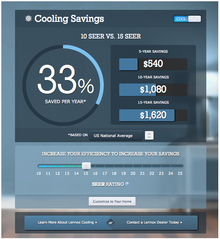 Most people don’t pay much attention to their air conditioner…until it stops working in the heat! And with a drought on tap right now in the Central Valley, running through the sprinklers really isn’t an option for a quick cool down. Before you call to repair your unit, ask yourself: Is it better to repair or replace an A/C unit? Generally speaking, repairing an existing air conditioning unit shouldn’t be too extensive, depending on the issue and the placement of the unit. But using a licensed professional is important. Many people don’t realize that some components of A/C units can have long warranty life, but repairs should be done by a licensed HVAC contractor. While repairs sometimes seem less expensive now than a new system, in some cases, a high efficiency air conditioning system is more practical and cost-effective over time than certain repairs. Is your A/C still fairly new? You can still make it more efficient! Air conditioners are like cars, they need tuneups to run at optimum performance. Making sure you don’t have duct leaks, low charge and other maintenance issues can keep you running cool. The heat is on now, so call us at (209) 537-3542 for an air conditioning tune-up. We will check your whole HVAC system to be sure it’s running as efficiently as possible. What is SEER? SEER is basically a rating system, which is short for Seasonal Energy Efficiency Ratio. It measures a unit’s efficiency which is important to your budget’s bottom line - the more efficient something is, the less it costs to run it. And, you can feel good about your carbon footprint, because energy-efficient systems are better for the environment). Air conditioning units vary greatly in price depending on the size and efficiency, but we can find the ideal unit for your size home. In the Central Valley, a high-SEER rated unit makes the most sense as we use our A/C a lot more than cooler areas of the country do. The SEER rating system starts at 13, which is the minimum -according to the U.S. Department of Energy- for systems produced today. Units with high SEER ratings could save you hundreds on your utility bills. Check out this link from Lennox to calculate your potential energy cost savings: www.lennox.com  We are so excited for the American Graffiti Festival, the one time every year all of us in the Central Valley can relive “Graffiti” in Modesto, California. It's on Friday June 6th (parade night), Saturday June 7th, and Sunday June 8th (Festival show days) at the Modesto Junior College West Campus on Blue Gum Avenue in Modesto, California. This festival is always a great time and we always look forward to participating in it, knowing that it's staffed by the all-volunteer group of North Modesto Kiwanis members, their families, friends and associates, and that all proceeds go to charity so come and enjoy a fun filled weekend and help us support those charities. 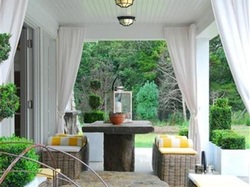 Living Space You want your outdoor living space to be cozy and functional, allowing you to enjoy the outdoors while being just as comfortable as you would be indoors. It doesn't matter whether you have a small balcony or large backyard, it's always possible to create comfort, charm and beauty to your outdoor space. The first tip for creating a great space is establishing a traffic pattern. You want to make sure you have a clear path around your seating zones, such as an eating area, a lounging area, an area surrounding a fire pit or fireplace, etc. The second tip is making sure you have sturdy, weather-proof furnishings that will hold up to the elements. Make your furnishings do double-duty, like bench or stool type seating that holds towels or cushions inside. 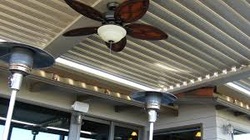 Fans & Heaters Keeping comfortable outdoors is not as controllable as the indoors, but you do have options for making your outdoor living space as pleasant as possible, extending your time outside throughout the year. Outdoor ceiling fans installed on patio covers provide breeze on hot summer days, enabling you to enjoy the outdoors if you have a ceiling fan on your covered patio or deck. Ceiling fans also help keep annoying bugs like mosquitoes, gnats and flies away by keeping them in a downward draft. Ceiling fans can be a big part of your outdoor living area aesthetic. With so many designs available, they help define the style of your space as well as serving a functional purpose. During the fall and winter months, you can still create comfort and function for your outside covered patio. Adding a source of heat for cooler weather, such as tabletop or tower outdoor heaters, is a great and energy-efficient way to stay warm. Modern electric, propane, or natural gas model heaters have more options and finishes than ever, being safer and easier to adjust than older styles. 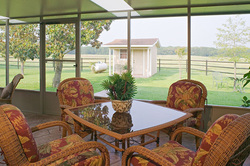 Screens If you think ceiling fans won't be enough to dispel bugs, consider adding a screened-in patio. Screen rooms expand your outdoor space and if designed correctly will look like a cohesive addition to your home. These outdoor rooms provide a spot where you can enjoy fresh air without being eaten alive by mosquitos or swarmed by gnats. Screens are built to withstand wind and elements for a long time, bringing you closer to nature but not critters. 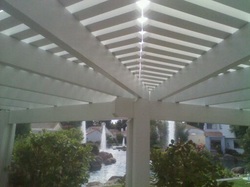 PPatio Covers The best outdoor living areas are ones that connect to the indoors. Create a space that flows from the house outwards for a sense of comfort and extension. The more accessible to indoor space an outdoor room is the more likely it is to be used! A covered patio that runs off of the house, whether it be near the kitchen, living or master bedroom areas, is a great way to extend your transitional space. When creating your design for a patio area make sure it's in a place that fits the traffic pattern of your home and takes advantage of backyard space and layout. Patio covers provide shade, both filtered (lattice-style roof) and opaque (solid-style roof). So whether you want some light or heavy shade, the choice is all yours. And the same goes with colors. Think outside the box! Choose one color for posts and beams and another for your roof. The newest aluminum covers come in a variety of colors. It's important to take into account not just what you love today, but what you will still love years from now, because these aluminum covers (with wood-grain style, but wood-less maintenance) are built to last. You can't go wrong with timeless beauty. 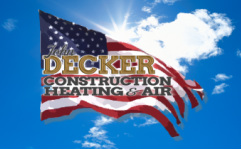 John Decker Construction Heating & Air is a 2nd generation contracting business specializing in patio covers and heating & air systems. We use only the best industry materials available and we are committed to improving on the great reputation we’ve worked so hard to earn. Owner John Decker is a California State Licensed Contractor for General Building and Warm Air Heating, Ventilating and Air Conditioning. He maintains ongoing professional continuing education and certification in Cooling Towers, Professional Development Training, Ladder Safety, Heating Ventilation and Air Conditioning, and Safe Handling of R-410A by the AC&R Safety Coalition and the Institute of Technology. 5/20/2014 Losing Your Cool over a Broken Air Conditioner? Try some DIY before calling an HVAC contractor!Read NowIt happens - summer comes, the valley heats up, you turn on the air conditioner after a few months of mild weather and ... nothing. When your air conditioner quits on you, Murphy's Law says it will be on a record-high temperature day. But before you panic and call an A/C repair company, there are some things you can try first that will help you troubleshoot your system. It's true, there are some things only a licensed professional can repair, but you might be surprised - sometimes the solution is simple. If these troubleshooting steps don't solve the problem or if you see visible signs of damage, you'll want to contact a residential HVAC contractor to help you. IMPORTANT NOTE: Make sure you check the warranty on your unit before attempting repairs or contacting an HVAC contractor if you are unsuccessful on your own - you definitely don't want to do anything that would void your warranty.
|
Details
AuthorDecker Brothers Heating and Air. We've Got You Covered, Inside and Out. Archives
May 2018
Categories
All
Disclaimer: The materials, information, links, products, services and contents are provided "AS-IS" without any warranties of any kind, either express or implied, including, but not limited to the implied warranties of merchantability and fitness for a particular purpose, or non-infringement. While the information contained within the site is periodically updated, no guarantee is given that the information provided in this website is correct, complete, and/or up-to-date.
The materials contained within the site are provided for general information purposes only and do not constitute legal or other professional advice on any subject matter. |
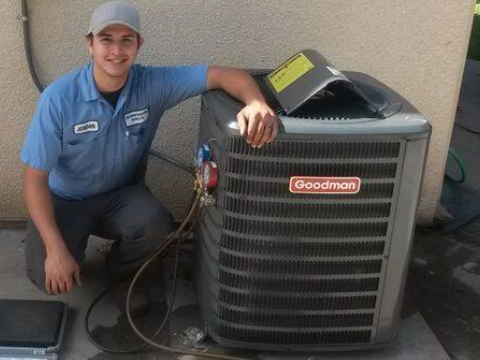
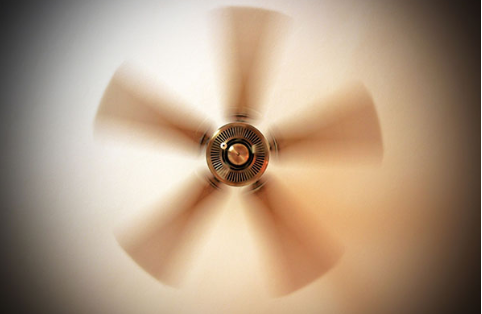
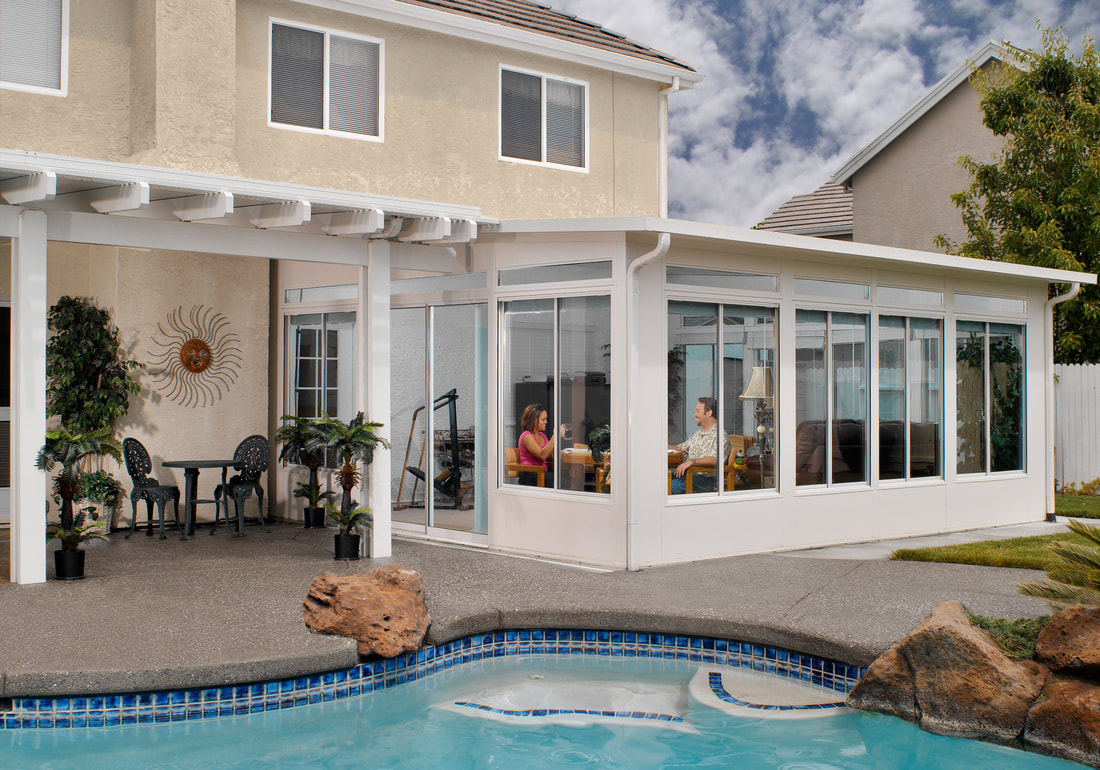
 RSS Feed
RSS Feed